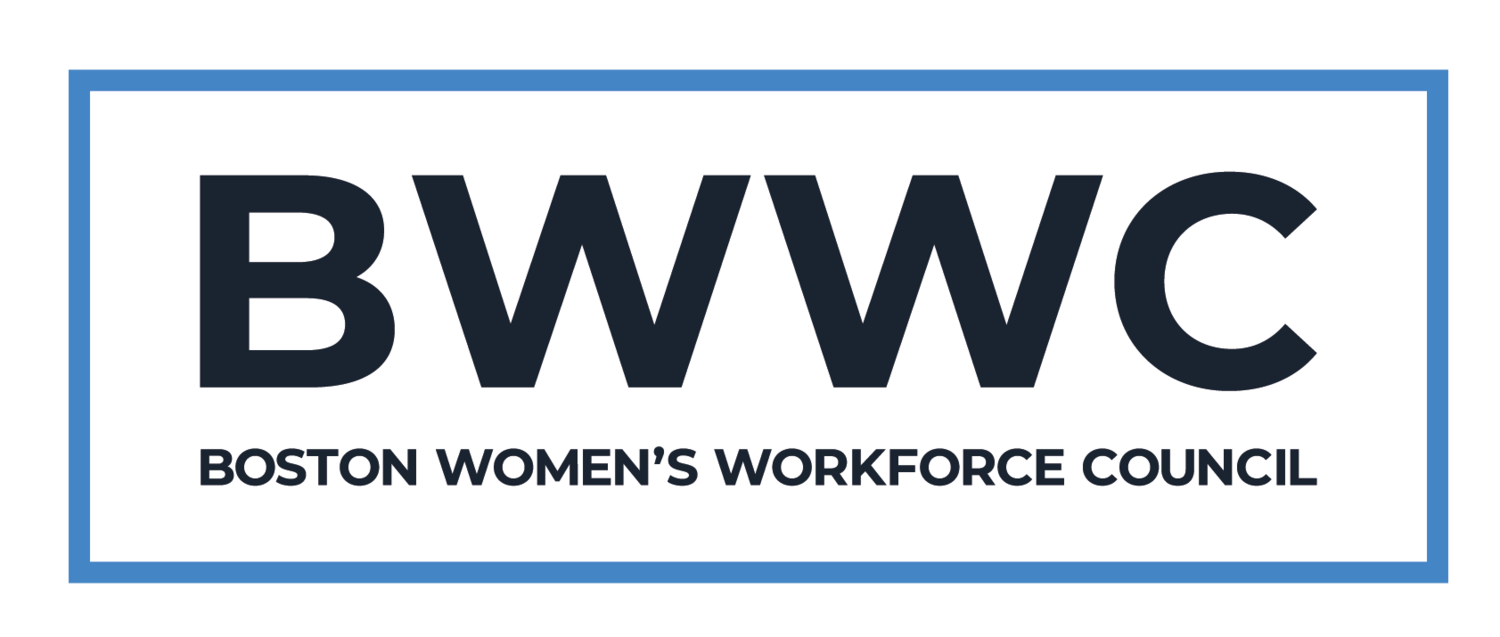Signer Spotlight Series- Cambridge College
Tell us about your organization
For more than 50 years, Cambridge College has been a leader and pioneer in adult learning. A private, nonprofit institution, the College has its main campus in Boston and instructional locations in Springfield and Lawrence, Massachusetts, San Juan, Puerto Rico, and Southern California, as well as a fully online division known as Cambridge College Global (CCG). The College provides academically excellent, time-efficient, and affordable higher education to a diverse population of adult learners, of which 65% are minority, 76% female, and 5% international.
As an institution that prioritizes diversity, equity, and inclusion among our community of students, staff, and faculty, we encourage applications from all underrepresented groups and are focused on inclusive hiring practices at all levels. Doing so ensures diverse talent pools and the delivery of a consistently positive candidate experience.
Why did you join the talent compact?
We’ve been with the BWWC since the very beginning. We were already committed to the BWWC mission, as evidenced by our own internal initiatives focused on the advancement of women and specifically women of color. Our relationship and involvement with the BWWC is invaluable. The data the BWWC provides every two years enables us to benchmark internally and share with our constituents. As part of the 100% Talent Compact, we hold ourselves accountable to better understand the gender and racial wage gaps that exist, not just for us as an institution but also for our students.
We are proud of the work we do to ensure that we are closing our own wage gaps at Cambridge College, which includes reviewing our numbers twice a year. Knowing our numbers has also become integral to how we focus our recruitment efforts.
What are the biggest challenges you face in your organization as it relates to gender and racial wage equality?
The greatest challenge we have faced in the past year was seeing a large number of women leave our institution when we announced that our faculty and staff would be required to return to work full-time on campus for the Fall 2021 Semester. We lost fourteen employees as a result of this announcement, eleven of which were women, over a three-month period of time. Exit interviews allowed us to start connecting the dots and we soon realized that we needed to reevaluate our policy. Simply put, as women were carrying the added burdens of child and elder care they required greater flexibility in the workplace.
What programs have you developed to promote that directly or indirectly address closing wage gaps in your organization?
Given the issue behind the resignations, we (Human Resources), made the recommendation to our leadership team that we review our work model and introduce a new plan for employees to work directly with their supervisors on the option to work on-campus, hybrid, or remote. This approach was a different way of thinking than other non-traditional higher education institutions, and we approached decision-making by "meeting employees where they were.” This meant that decision-making was shared between management and employees, allowing them to provide input based on their own personal circumstances. Most importantly, employees who needed to care for children due to lack of daycare or elder care were able to remain working from home.
Because we were able to identify and address this issue so quickly, the resignations came to an end. Employee surveys validated the new model’s success, expressing greater satisfaction and higher productivity with their work while working from home. Now the College will be instituting these three work modalities going forward.

